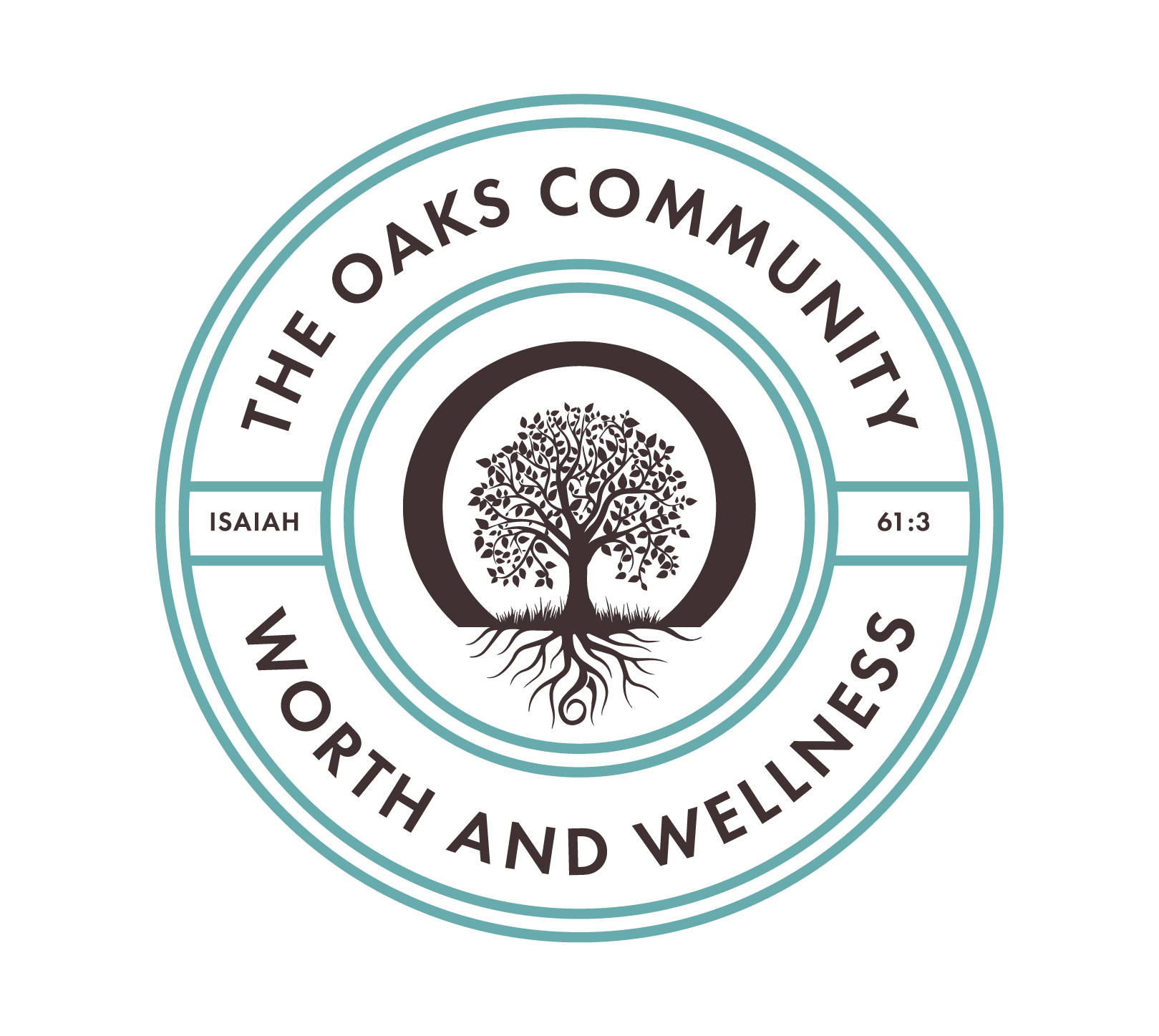Posttraumatic Growth & Controlled Burns
In the mid-1990’s, psychologists Richard Tedeschi and Lawrence Calhoun acknowledged the importance of post-traumatic growth in their research. Post-traumatic growth is a vital stage in therapy. Sometimes individuals will discontinue therapy because goals have been met, which is important; however, these individuals have not worked with their therapist in implementing post-traumatic growth. Clients will learn how to emotionally regulate, identify self-defeating beliefs, establish boundaries, etc., but will not complete the final stage in therapy- post-traumatic growth. Post-traumatic growth is when we practice implementing all that has been learned during therapy and live a healthier, more meaningful life.
I view post-traumatic growth like a controlled burn. All the toxins, diseases, etc. that threaten growth are removed. We see what remains and begin to nurture and take care of the beautiful wildflowers that come out of the burn. What was threatened and endangered is now welcomed. We see God restore and make beauty out of ashes.
Below is a list of post-traumatic growth suggestions, which are also a part of The Oaks’ Wellness Model.
Community- How will you relate and interact with other people?
Service- What are new opportunities for you? New pathways to serve others?
Identity-What are your gifts, strengths, etc.?
Gratitude- What are you grateful for? Gratitude journaling can help build brain health.
Spirituality- How will you practice spirituality? How will you find meaning in life? What will you incorporate- prayer, Scripture, meditation, etc.?
Regardless of where you are or were, allow God to remove what is no longer necessary and create a beautiful landscape.
Written by:
Michelle Gallimore, MS, MTS, LCMHCS, CSAT, CPTTC, Brain Health Certified Consultant
Clinical Director
The Oaks Therapeutic Community, Inc.
